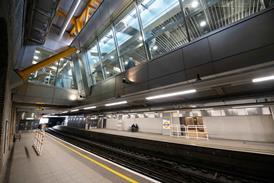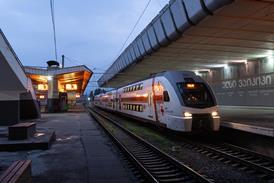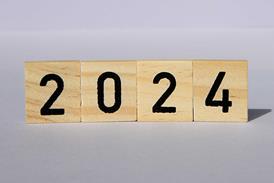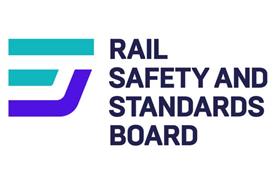
INTERNATIONAL: The European Commission has blocked the proposed merger of Siemens Mobility and Alstom, saying the companies had not offered sufficient remedies to address its concerns about the impact on competition in the signalling and very high speed train markets.
‘Siemens and Alstom are both champions in the rail industry’, explained Commissioner in charge of competition policy Margrethe Vestager when she made the announcement on February 6. ‘Without sufficient remedies, this merger would have resulted in higher prices for the signalling systems that keep passengers safe and for the next generations of very high speed trains. The Commission prohibited the merger because the companies were not willing to address our serious competition concerns.’
Signalling and high speed train concerns
The decision followed an in-depth investigation by the Commission, which had received numerous objections from customers, competitors, industry associations and trade unions, along with negative comments from several national competition authorities.
The Commission concluded that the merger would create an ‘undisputed’ leader in the supply of mainline and urban signalling including ETCS and CBTC, and a ‘dominant’ player in the market for trains capable of 300 km/h and above in the European Economic Area and the rest of the world, except for South Korea, Japan and China ‘which are not open to competition’.
The Commission said it had ‘carefully considered’ future competition from China. It found Chinese suppliers were currently not present in the EEA signalling market, and had ‘not even tried to participate’. It would take a ‘very long time’ before Chinese companies could become credible suppliers. In the high speed train market, the Commission felt it was ‘highly unlikely’ that a Chinese supplier would ‘represent a competitive constraint on the merging parties in a foreseeable future.’
Inadequate remedies
The Commission said Siemens and Alstom’s proposed remedies to address its concerns were inadequate.
A ‘complex’ proposal to transfer or license signalling assets would not have produced a stand-alone and future-proof business, while the proposal to divest Alstom’s Pendolino or alternatively licence Siemens’ Velaro ‘would not have given the buyer the ability and incentive to develop a competing very high-speed train’.
Siemens and Alstom reply
Siemens and Alstom said they regretted the Commission’s decision. They were ‘convinced that the transaction would have created substantial value for the global mobility sector’ and ‘would have also allowed the creation of a European player having the ability to cope with the growing competition from non-EU companies.’
Siemens said it would now assess all options for the future of Siemens Mobility, and ‘choose the best for its customers, its employees and its shareholders’.
Alstom said the decision was ‘a clear set back for industry in Europe’. It would now ‘focus on pursuing its growth path as a global leader in the mobility sector’, and would ‘project itself into a new future and define a strategic roadmap including appropriate capital allocation.’
Industry responses
Bombardier Inc said it was pleased with the decision, believing ‘the European rail sector leads the world through strong domestic competition, continuous innovation and investment’; in its view, the merger ‘would have severely undermined the health and competitiveness of the whole European rail market’.
UK rail regulator ORR said it had ‘made it clear from the outset that this was a bad deal for British passengers, freight customers and taxpayers’, and was pleased to have played an important role in persuading the Commission to reach the same view.
Reassessing competition in Europe
French finance minister Bruno Le Maire took a different view about the decision, saying ‘we must prepare ourselves for the future and reassess how we view competition in Europe’. Along with his German counterpart Peter Altmaier he would ‘make a number of proposals to reform these competition regulations and create a more ambitious European industrial policy.’




















